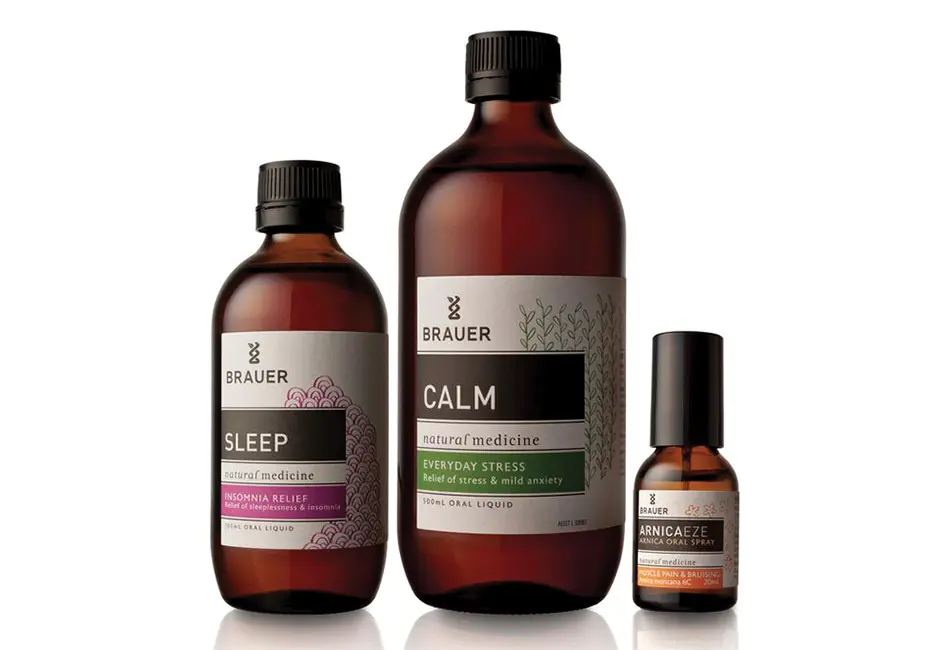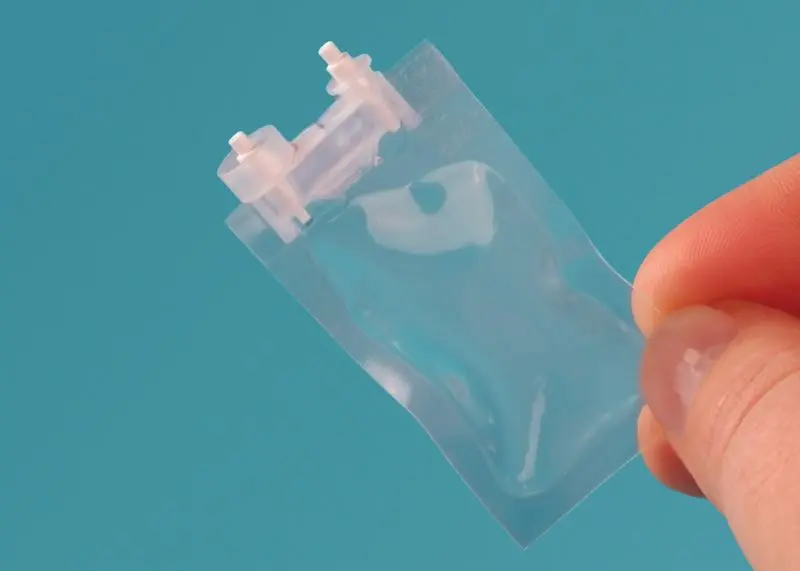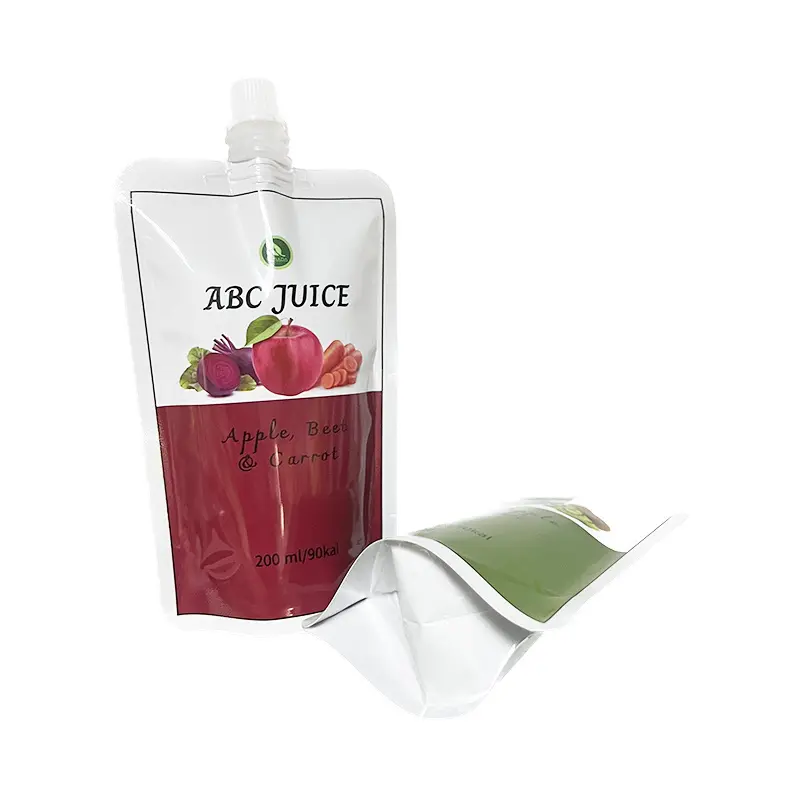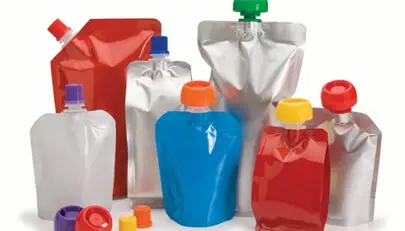In the past few decades, we have become accustomed to seeing medications and other oral liquids packaged in glass bottles in our medicine cabinets. However, this habit is quietly changing in recent years. With the strengthening of environmental awareness and technological advancements, more and more pharmaceutical companies are transitioning from glass bottle packaging to plastic bags. This change has sparked curiosity among people: why is the once ubiquitous glass bottle no longer in vogue? This article will explore the reasons behind this shift while presenting the benefits brought by plastic bags as an alternative.

Reasons Behind the Transition of Oral Liquid Packaging Materials: An Analysis of Plastic Bag Advantages
Plastic bags, as a lightweight and portable material, are suitable for the daily use of oral liquids. Compared to traditional glass bottles, plastic bags are more lightweight, easy to carry, and convenient for patients to carry around in their daily lives. Especially for patients who need to take oral liquids for an extended period, plastic bag packaging can effectively reduce their burden and improve their quality of life.
Plastic bags have excellent sealing properties, maintaining the freshness and effectiveness of oral liquids. As a highly reliable sealing material, plastic bags can effectively prevent leakage and contamination of oral liquids during transportation. Particularly for medications that need to be stored for a long time, plastic bags can better maintain their efficacy and stable quality, enhancing the safety and potency of the drugs.
Plastic bags have high transparency, allowing users to observe the usage of the medication. Transparent plastic bags enable users to easily observe the color and concentration of the medication, ensuring the accuracy and safety of medication use. This is especially important for certain special populations, such as elderly patients and children, as they need a more intuitive understanding of how to use the medication and its dosage.
Plastic bags have lower production costs, reducing manufacturing expenses for producers. Compared to traditional materials like glass bottles, the manufacturing process of plastic bags is simpler, takes less time, and costs less. This enables manufacturers to offer high-quality oral liquids to the market at a more competitive price. At the same time, lower production costs provide patients with an affordable choice of medication.
Plastic bags have strong corrosion resistance and pressure resistance, protecting medications without damage. Plastic bags can effectively resist harmful factors in the external environment, such as moisture, oxygen, and ultraviolet light, preventing the deterioration and oxidation of medications. Meanwhile, plastic bags can withstand a certain amount of pressure, ensuring they won’t rupture or leak during transportation and carrying.

Limitations and Challenges of Glass Bottle Oral Liquid Packaging
Let’s examine the limitations and challenges faced by glass bottle oral liquid packaging. The primary issue lies in the insufficient protective qualities of glass bottles, making them prone to breakage. Glass bottles are more fragile compared to plastic bottles; they can easily shatter upon impact or if dropped, leading to leakage of the medication and potentially dangerous glass shards contaminating the liquid. This poses significant challenges in terms of transportation, storage, and usage, not only increasing costs but also potentially compromising the safety of the medication.
Glass bottle oral liquid packaging also suffers from poor sealing. Due to the high sensitivity of glass to environmental factors such as temperature and humidity, it is susceptible to moisture absorption and deterioration, reducing the stability of the enclosed medication. Moreover, defects in the sealing of glass bottle openings, such as gaps between the bottle neck and the cap, lead to air exchange between the interior and exterior, accelerating the oxidation and degradation of the medication. This presents a particularly challenging problem for highly sensitive drugs.
Glass bottle oral liquid packaging also lacks weather resistance. Glass is prone to deterioration due to exposure to ultraviolet (UV) light, leading to the degradation of the medication’s active ingredients. This is especially true for drugs highly sensitive to light, such as Vitamin C, requiring special care and protection.
To address these issues, various technical measures and improvement strategies can be employed. Firstly, increasing the thickness and strength of glass bottle packaging can enhance its resistance to impact, reducing the likelihood of breakage during transportation and use. Secondly, improving the sealing of bottle openings and caps by using high-quality sealing materials and techniques can minimize the permeation of oxygen and moisture. Additionally, auxiliary measures such as using desiccants can be considered to maintain the stability of the medication. Furthermore, for photosensitive drugs, adding UV-resistant coatings to the surface of glass bottles or using dark-colored glass can reduce UV exposure.

Transition of Packaging Materials: Environmental Demands and the Prospects of Plastic Bags
The issue of plastic bag biodegradability is significant. Plastic bags, primarily composed of synthetic materials like polyethylene and polypropylene, degrade very slowly in natural environments. Consequently, extensive use of plastic bags poses severe threats to the environment. Piles of discarded plastic bags on land not only affect soil fertility but also harm ecosystems like groundwater and crops.
Plastic bags pose threats to wildlife and marine life. Many animals mistake plastic bags for food, which, when ingested, can cause intestinal blockages, poisoning, or even death. Moreover, countless plastic bags are casually discarded and eventually make their way into the oceans, causing immense harm to marine life. Statistics show that millions of tons of plastic waste are dumped into the oceans annually, posing a threat to the balance of marine ecosystems and human survival.
Faced with these problems, people have begun seeking environmentally friendly alternatives. Biodegradable plastic materials have emerged as they break down more easily in natural environments, reducing environmental harm. Another eco-friendly alternative is paper bags. Made from renewable resources, paper bags are easily recyclable and can be reused as packaging materials. Moreover, they decompose relatively quickly after disposal, causing minimal pollution to the environment.
The future trend in packaging materials is moving toward environmental friendliness and sustainable development. The prospects of plastic bags are limited, while biodegradable plastics and paper bags, among other alternatives, are gradually taking their place. Governments, businesses, and individuals should collaborate to reduce the use of plastic bags, promote the use of eco-friendly packaging materials, and safeguard our environment and ecosystems.

Post time: 10-10-2023

